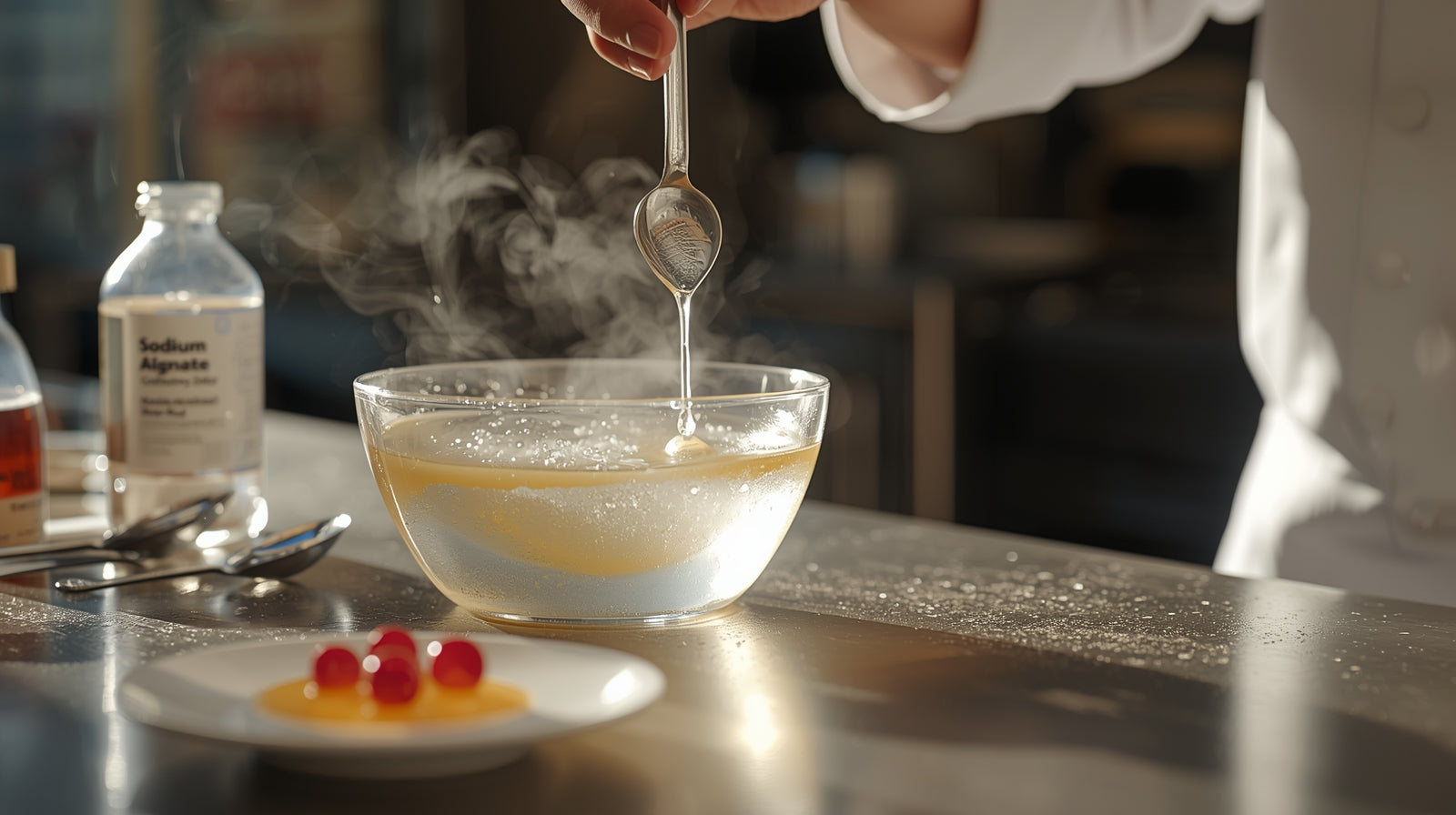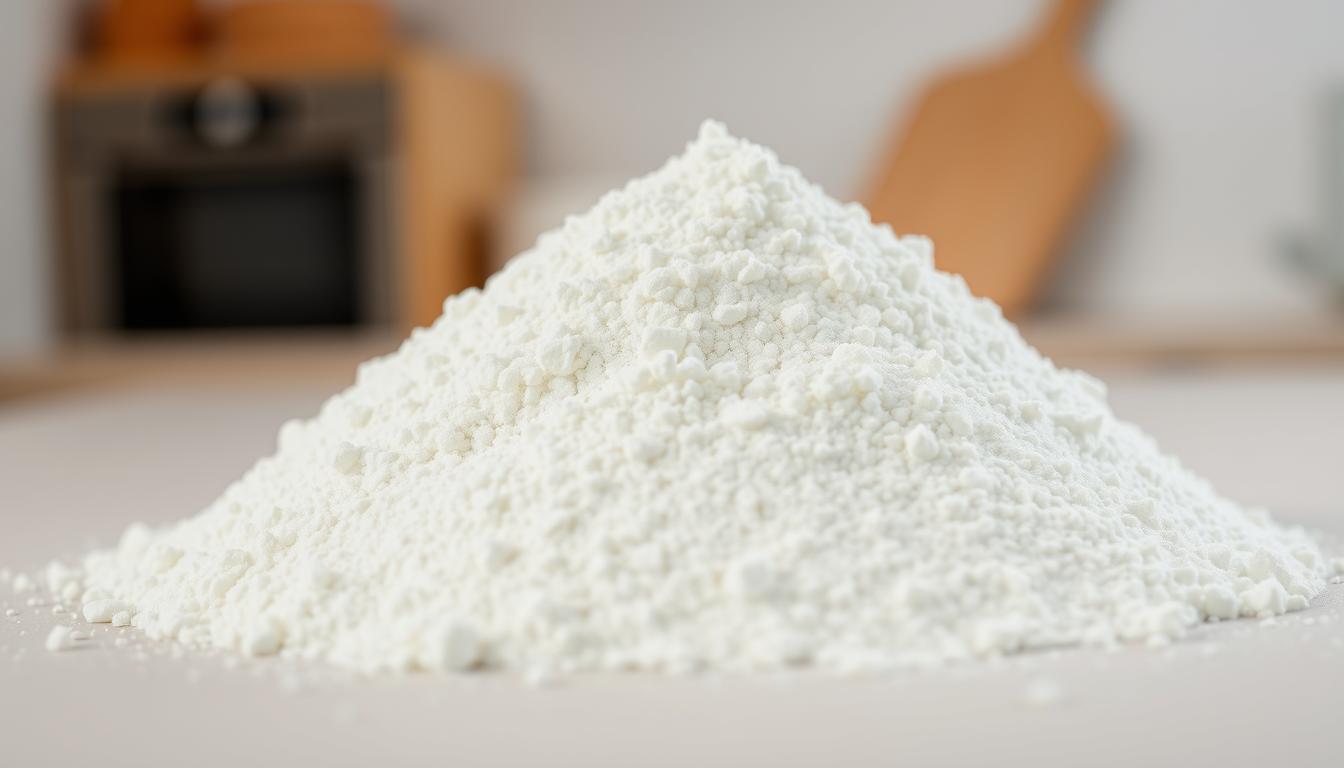
The Importance of Calcium Lactate Gluconate in Delicious Faux Caviar Making
SUBSCRIBE TO OUR BLOG
Promotions, new products, and recipes.
Caviar has long been considered a delicacy, known for its rich, briny flavor and luxurious appeal. However, traditional caviar, derived from sturgeon roe, is both expensive and unsustainable due to overfishing concerns. In recent years, chefs and culinary enthusiasts have turned to innovative techniques to create faux caviar that mimics the texture and flavor of the original delicacy. One key ingredient that has revolutionized this process is calcium lactate gluconate, a compound commonly used in the culinary world for a technique known as reverse spherification.
Understanding Calcium Lactate Gluconate and Its Production:
Calcium lactate gluconate is a food additive that combines calcium lactate and calcium gluconate. These two compounds are produced through a fermentation process, often starting with cornstarch or glucose syrup. During fermentation, specific strains of bacteria metabolize the sugars in the starting materials, resulting in the production of calcium lactate and calcium gluconate. These compounds are then combined to form calcium lactate gluconate.
Reverse Spherification - The Concept:
Reverse spherification is a technique used to create delicate, edible spheres that resemble caviar or fish roe. It involves submerging a flavorful liquid (usually a liquid with a higher calcium content) into a bath of sodium alginate, which reacts with the calcium, forming a thin gel-like membrane around the liquid center.
Materials Needed for Reverse Spherification:
Calcium lactate gluconate: This compound acts as the calcium source, helping to form the gel-like membrane around the liquid center.
Sodium alginate: Derived from algae, sodium alginate is responsible for creating the gel-like outer layer when it reacts with the calcium.
Flavorful liquid: This can be anything from fruit juices and purees to vegetable extracts or even savory broths. The choice of liquid will determine the flavor of the faux caviar.
sodium alginate and fruit juice." src="https://cdn.shopify.com/s/files/1/1711/7499/files/dreamstime_l_21121772_480x480.jpg?v=1690407098">
Faux caviar using calcium lactate gluconate, sodium alginate and fruit juice.
How-To Create Faux Caviar using Reverse Spherification:
Step 1: Prepare the flavorful liquid: Begin by selecting a liquid with a distinct flavor profile. It is essential to have a liquid with a higher calcium content than the sodium alginate bath.
Step 2: Mix the calcium lactate gluconate: In a separate container, mix the calcium lactate gluconate with the flavorful liquid. The ratio should be based on the specific recipe and desired texture of the faux caviar.
Step 3: Create the sodium alginate bath: In another container, prepare the sodium alginate bath by dissolving sodium alginate in water. Allow the mixture to rest for a few hours or overnight to remove any air bubbles.
Step 4: Spherification process: Using a syringe or dropper, gently release droplets of the calcium-infused liquid into the sodium alginate bath. The reaction between the calcium lactate gluconate and sodium alginate will form the thin gel membrane around the liquid center, creating caviar-like spheres.
Step 5: Rinse and serve: Once the spheres have formed, carefully remove them from the sodium alginate bath and rinse them gently in water. The faux caviar is now ready to be served as a garnish, accompaniment, or a delightful surprise in various dishes.
Little-Known Uses for Calcium Lactate Gluconate:
Apart from its significance in faux caviar making, calcium lactate gluconate finds application in various culinary techniques. Some of these include:
Spherification variations: Besides reverse spherification, chefs use calcium lactate gluconate in direct spherification and frozen reverse spherification to create a wide array of textures and presentations.
Cheese-making: Calcium lactate gluconate aids in the coagulation process during cheese-making, contributing to the development of certain cheese varieties.
Molecular gastronomy: In the world of molecular gastronomy, calcium lactate gluconate is employed in various innovative dishes to achieve unique textures and presentations.
Where to Buy Calcium Lactate Gluconate:
Calcium lactate gluconate is available for purchase from specialty food suppliers, online culinary stores such as Cape Crystal Brands, and some health food stores. When purchasing, ensure that the product is food-grade and suitable for culinary applications.
In conclusion, calcium lactate gluconate is a vital ingredient in the creation of delicious faux caviar through reverse spherification. This innovative culinary technique allows chefs and home cooks to explore new flavors and textures while offering a sustainable alternative to traditional caviar. Its versatility extends to other culinary applications, making it a prized component in the realm of modern gastronomy.
What has been your experience with modern gastronomy and spherification? Please share with us in the comments section below!


|
About the Author Ed is the founder of Cape Crystal Brands, editor of the Beginner’s Guide to Hydrocolloids, and a passionate advocate for making food science accessible to all. Discover premium ingredients, expert resources, and free formulation tools at capecrystalbrands.com/tools. — Ed |
Enjoyed this post? Subscribe to The Crystal Scoop
Food-science tips, ingredient know-how, and recipes. No spam—unsubscribe anytime.
- Choosing a selection results in a full page refresh.



